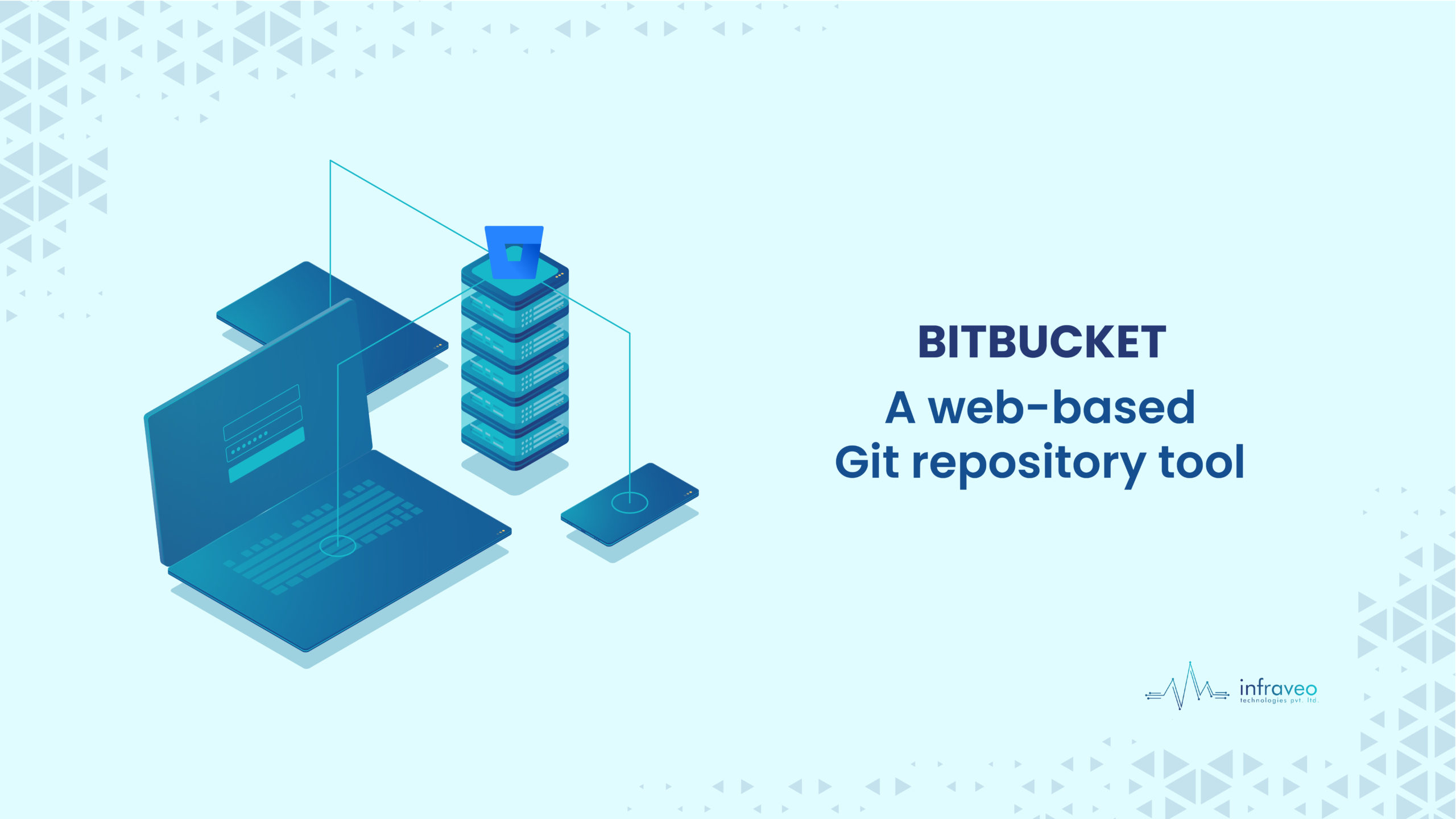What is a Bitbucket?
Bitbucket is a source code management (BCM) tool that helps you manage your project’s source code. You can use it to collaborate with other developers, build and manage projects, monitor the health of your codebase, and much more. It is a simple, free online repository for everyone. Bitbucket lets you share code, manage projects and organize your files.
It’s perfect for anyone who wants to share their code, such as programmers, designers, or project managers. You can connect multiple accounts and collaborate with your team members on a single project.
Bitbucket supports the following features for its user
- Version control: Bitbucket allows you to track and manage your code as it goes through its development lifecycle. With version control, you can see what changes have been made over time and revert to previous versions if anything goes wrong.
- Code reviews: Bitbucket also allows you to create and manage reviews of code, which are used to help ensure that everyone on your team understands how something works and what needs to be done before it can be used by others. This helps ensure that no one accidentally breaks something or makes a mistake when working with someone else’s code.
- Project management: You don’t need a dedicated project manager when you use a Bitbucket! The features included in Bitbucket make it easy for anyone on your team to get involved with managing projects—whether they’re recruits or experienced developers who just want to contribute more fully.
- Integration with third-party services such as IDEs, security tools, and Travis CI / CD tools.
- Flexible branching model and synchronized browsing across multiple devices.
Code review features
Bitbucket has a code review feature that allows you to review your code before you push it live –
- It features a quick, intuitive interface that lets you go through the code line by line, and leaves comments on each line to help you understand what’s going on.
- Once you’ve reviewed all the code and checked out your changes, you can push your changes to Bitbucket with confidence: they’re automatically tracked so that anyone who uses your repo can see all of your commits and easily roll back to previous versions of them if something goes wrong.
- You can set up multiple reviewers, and each reviewer can have different permissions to access your repository.
- The reviewer will get an email when they’re assigned to review your code.
- The reviewer can comment on the code and make it easier for you to find what they’re talking about.
Stumbling blocks in Bitbucket
- Other rivals’ streamlined PR management tools are not available on BitBucket.
- A team of 1 to 5 people can use the private repository without charge. If the team has more than five members, you must pay for each additional person.
- Time is lost when unusual errors are made by interconnected programs like SourceTree.
- Bitbucket fails to save the specifics of the force push. Since a force push deletes the history, there should be a means to record the specifics of the force push.
- When trying to locate a specific file, there are a few search-related problems. Launch the repository first, then locate it locally.




